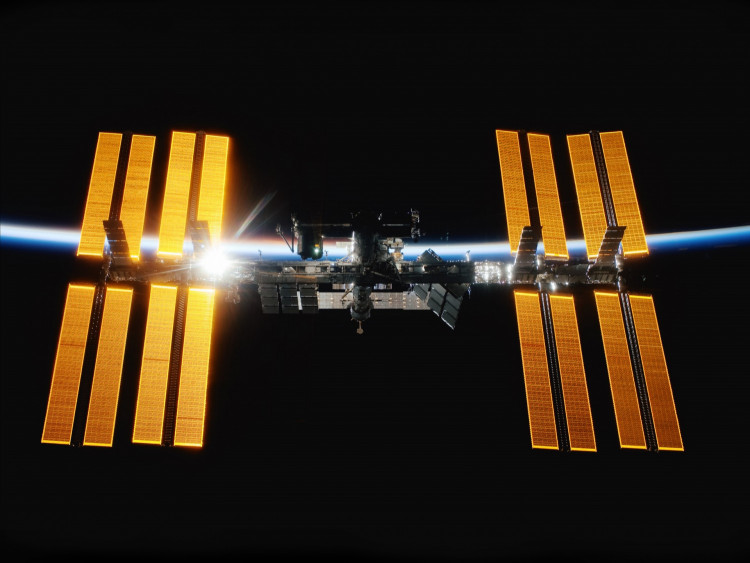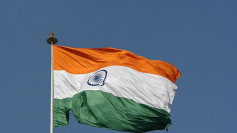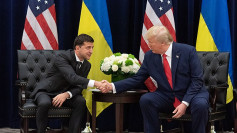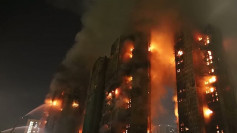There are seven people living in the International Space Station right now: four Americans, two Russians, and one European astronaut. That's the beauty of the ISS - it's the one place where barriers are non-existent. These astronauts and cosmonauts are living together in harmony owing to the international cooperation that dates back to the Cold-War era docking between the U.S. Apollo and Russian Soyuz spacecraft in the late 1970s.
Back on Earth, though, worries of a catastrophic European war are growing as Russian forces camp on Ukraine's border, threatening a full-scale invasion of a sovereign country. The developments have been termed by UN Secretary-General António Guterres as "the most serious global peace and security crisis in recent years."
But what does the current geopolitical environment entail for the much-lauded space collaboration, particularly where Europe and Russia collaborate?
There are 22 European countries (including Ukraine) collaborating on space research and exploration through the European Space Agency (ESA). Roscosmos, Russia's space agency, has been a key collaborator for years, participating in some of Europe's most high-profile space exploration projects.
Unlacing these ties would undoubtedly be difficult. But as European countries impose sanctions on Russia, many of which will affect not only Russian citizens but also Europeans, can ESA and Roscosmos carry on as usual?
According to Space.com, the ESA declined to comment on the consequences of the Russia-Ukraine scenario for their existing and future joint projects.
The ExoMars mission's Rosalind Franklin rover, the first European rover designed to land on Mars, may be the most difficult issue for ESA. The mission, which was supposed to launch in 2018 but was postponed due to continuous issues with its landing parachutes, is now set to take off from Russia's Baikonur Cosmodrome in September.
ExoMars has had a long and arduous road to get to this stage. The mission, which began as a collaboration between ESA and NASA, was nearly terminated in 2012 due to budget cuts imposed by President Barack Obama's administration, which prompted NASA to withdraw. The mission, which used a six-foot (2-meter) drill to look for signs of life beneath Mars' surface, was only resurrected after Roscosmos stepped in to fill NASA's shoes.
ESA may have to make other difficult decisions as well. Arianespace, a European spaceflight company, launches payloads from the European Spaceport in Kourou, French Guiana, using Russian Soyuz rockets as well as the smaller Vega and bigger Ariane 5 vehicles.
Whatever the European space community chooses, the space industry's claims about its contribution to international peace may in the future sound false. The International Space Station, possibly the most ambitious engineering project in human history and a symbol of post-Cold War cooperation, was ironically nominated for a Nobel Peace Prize in 2014, the same year that Russia annexed Crimea from Ukraine.






